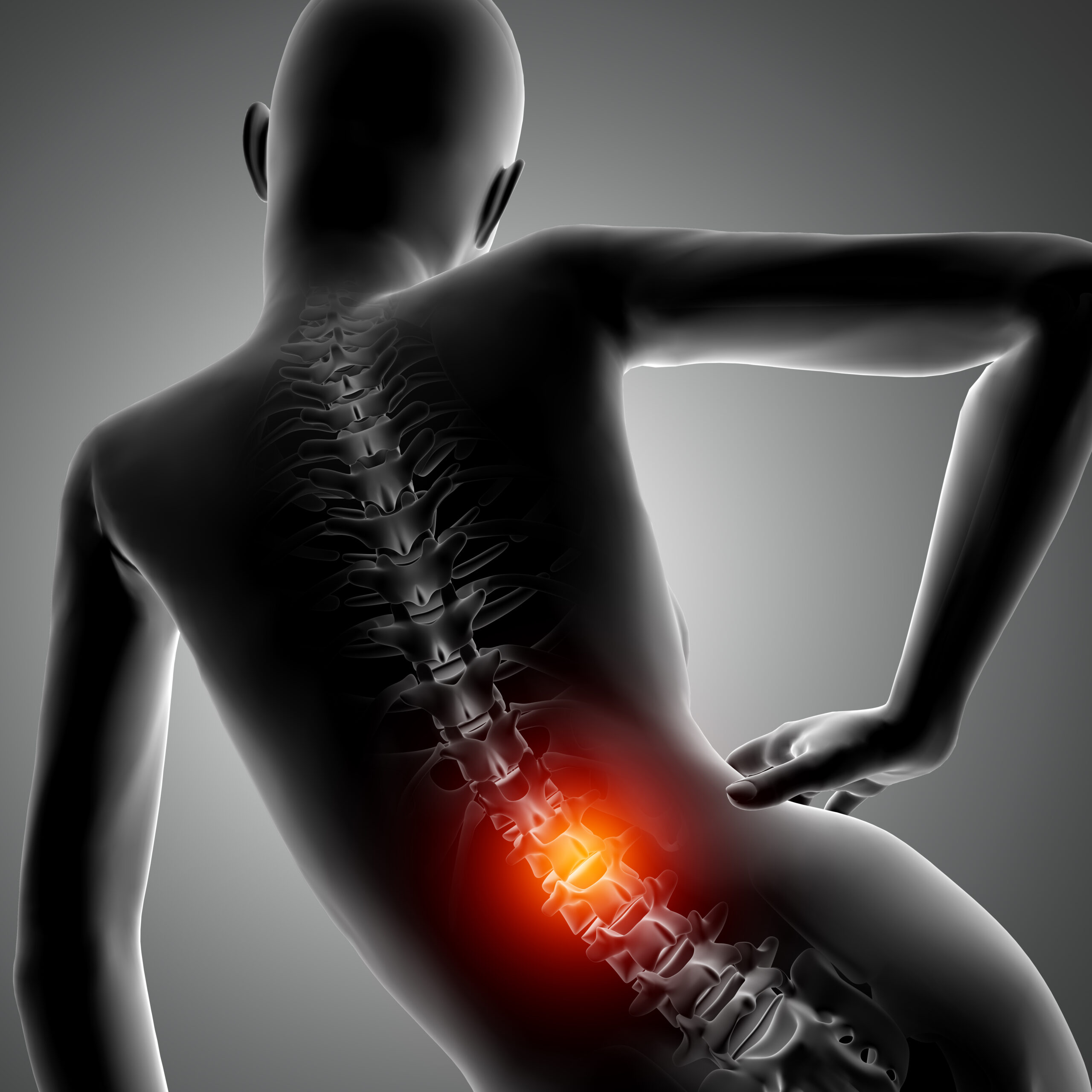Understanding Low Back Pain (Lumbago): Causes, Treatment, and Prevention
IntroductionLow back pain, also known as lumbago, is a common condition affecting people of all ages. It can result from poor posture, muscle strain, or underlying medical conditions. This article explores the causes, treatment options, and preventive measures to help maintain a healthy and pain-free lower back.
Causes of Low Back PainLumbago can develop due to various factors, including:
Muscle Strain: Overuse, heavy lifting, or sudden movements can cause muscle or ligament strain.
Herniated Discs: The soft tissue between the vertebrae can bulge or rupture, pressing on nerves.
Degenerative Conditions: Osteoarthritis, spinal stenosis, and disc degeneration can contribute to chronic pain.
Poor Posture: Prolonged sitting, improper lifting techniques, or slouching can strain the lower back.
Sedentary Lifestyle: Lack of physical activity weakens the muscles supporting the spine.
Obesity: Excess weight increases stress on the spine and joints.
Underlying Medical Conditions: Infections, kidney problems, or inflammatory diseases like ankylosing spondylitis can cause lower back pain.
Treatment OptionsManaging low back pain effectively requires a combination of medical and non-medical approaches:
Physical Therapy: Exercises to strengthen core and lower back muscles can provide long-term relief.
Postural Correction: Improving posture reduces strain on the lumbar spine.
Manual Therapy: Chiropractic adjustments and massage therapy can alleviate tension and improve mobility.
Medication: Nonsteroidal anti-inflammatory drugs (NSAIDs) or muscle relaxants may help manage pain.
Heat and Cold Therapy: Applying heat can relax muscles, while ice packs reduce inflammation.
Weight Management: Maintaining a healthy weight reduces stress on the spine.
Surgical Intervention: In severe cases, procedures like spinal fusion or disc replacement may be necessary.
Prevention StrategiesPreventing low back pain involves adopting healthy habits:
Exercise Regularly: Strengthening the core, back, and leg muscles helps support the spine.
Maintain Good Posture: Keep the spine aligned while sitting, standing, and sleeping.
Use Proper Lifting Techniques: Bend the knees and keep the back straight when lifting heavy objects.
Stay Active: Avoid prolonged periods of sitting; take breaks to move and stretch.
Invest in Ergonomics: Use supportive chairs and maintain a proper workstation setup.
Stretch Daily: Incorporate flexibility exercises to keep muscles loose and prevent stiffness.
Lifestyle and Hygiene for Spinal Health
Adequate Sleep: A firm mattress and proper sleeping position can prevent back strain.
Healthy Nutrition: A balanced diet rich in calcium and vitamin D supports bone health.
Stress Management: Relaxation techniques like yoga or meditation help reduce muscle tension.
Hydration: Drinking enough water keeps the spinal discs hydrated and functioning properly.
ConclusionLumbago is a prevalent condition that can significantly impact daily life. By understanding its causes, seeking appropriate treatment, and implementing preventive strategies, you can maintain a healthy and pain-free lower back. If pain persists, consulting a healthcare professional is recommended.

